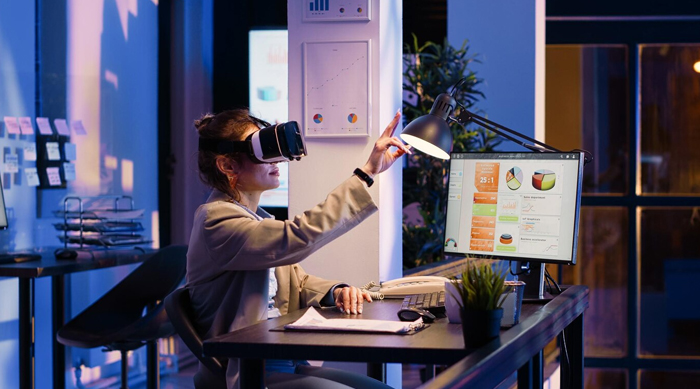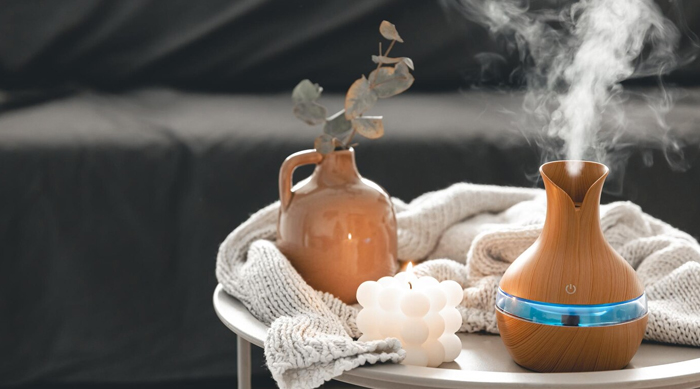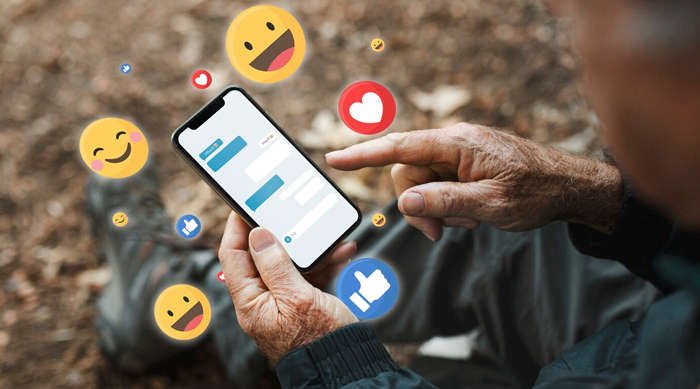Sensory marketing: Blueants' guide to crafting multi-Sensory brand experiences
At Blueants, we've long recognized the power of engaging multiple senses to create unforgettable brand experiences. As leaders in creative transformation and branding, we've helped numerous clients harness the potential of sensory marketing to stand out in today's crowded marketplace. In this guide, we'll share our expertise on sensory marketing techniques and how they can revolutionize your brand's impact.

What is Sensory Marketing?
Sensory marketing, a cornerstone of our branding strategies at Blueants, is an innovative approach that engages customers through their five senses. By crafting experiences that appeal to sight, sound, smell, touch, and taste, we help brands forge deeper emotional connections with their audience, leading to increased brand recall, loyalty, and ultimately, sales.
The 5 Senses in Advertising: Blueants' Approach
At Blueants, we believe in creating holistic brand experiences. Here's how we leverage each sense:

Visual Marketing
We craft compelling visual identities that resonate with your target audience, from logo design to entire visual ecosystems.

Auditory Marketing
Our team develops unique audio signatures, from catchy jingles to ambient soundscapes that define your brand's acoustic environment.

Olfactory Marketing
We collaborate with top perfomers to create signature scents that become an integral part of your brand identity.

Tactile Marketing
We consider textures in everything from product design to packaging, ensuring a consistent and premium feel.

Gustatory Marketing
For food and beverage clients, we create taste experiences that align perfectly with the brand's values and positioning.
How Blueants Implements Sensory Marketing: Case Studies
1. Luxury Retail Brand Transformation
- Redesigning the visual merchandising to create a more inviting atmosphere
- Developing a custom fragrance that's now synonymous with the brand
- Selecting background music that enhances the luxurious feel
Result: 30% increase in average time spent in-store and a 25% boost in sales.
2. Food Brand Packaging Redesign
- Created packaging with a unique texture that stood out on shelves
- Designed visuals that made the product look more appetizing
- Engineered the packaging to make a satisfying sound when opened
Result: 40% increase in first-time purchases and significant improvement in brand recall.
3. Hotel Chain Rebranding
- Developing a signature scent used in lobbies and rooms
- Creating a cohesive visual identity across all touchpoints
- Designing custom soundscapes for different areas of the hotels
Result: 50% increase in guest satisfaction scores and 35% rise in repeat bookings.
How to Apply Sensory Marketing: Blue Ants' Best Practices
Align with Brand Values
Every sensory element should reflect and reinforce your brand's core values and positioning.
Ensure Consistency
We create comprehensive brand guidelines that ensure a consistent sensory experience across all touchpoints.
Embrace Technology
We leverage VR and AR to create immersive brand experiences, especially valuable for e-commerce clients.
Personalization is Key
We use data analytics to help you tailor sensory experiences to individual customer preferences.
Continuous Refinement
Our approach involves ongoing testing and refinement to maximize the impact of sensory marketing efforts.
Frequently Asked Questions
What is an example of sensory marketing?
One of our favorite examples is a campaign we created for a premium coffee brand. We designed packaging that released a coffee aroma when opened, paired with a deep, rich visual design and a texture that mimicked coffee beans. This multi-sensory approach resulted in a 45% increase in customer engagement and a 60% boost in social media mentions.
What are the 5 senses in advertising?
At Blueants, we focus on:
1. Sight (Visual)
2. Sound (Auditory)
3. Smell (Olfactory)
4. Touch (Tactile)
5. Taste (Gustatory)
We believe that engaging multiple senses creates a more immersive and memorable brand experience.
How does any brand use sensory marketing?
Brands can use sensory marketing in various ways, and at Blueants, we've implemented strategies such as:
- Creating custom scents for retail spaces
- Developing unique sound identities for brands
- Designing product packaging with engaging textures
- Crafting visual identities that evoke specific emotions
- For food and beverage clients, creating signature taste experiences
How to apply sensory marketing?
1. Start with a comprehensive brand audit to understand your current sensory touchpoints
2. Identify opportunities to engage each sense in a way that aligns with your brand values
3. Develop a cohesive multi-sensory strategy that works across all customer interactions
4. Implement the strategy with high-quality execution - every detail matters
5. Continuously gather feedback and refine your approach
Conclusion
At Blueants, we've seen firsthand how sensory marketing can transform brands and create lasting connections with consumers. By engaging multiple senses, we help our clients craft immersive experiences that resonate on a deeper, more emotional level with their target audience.